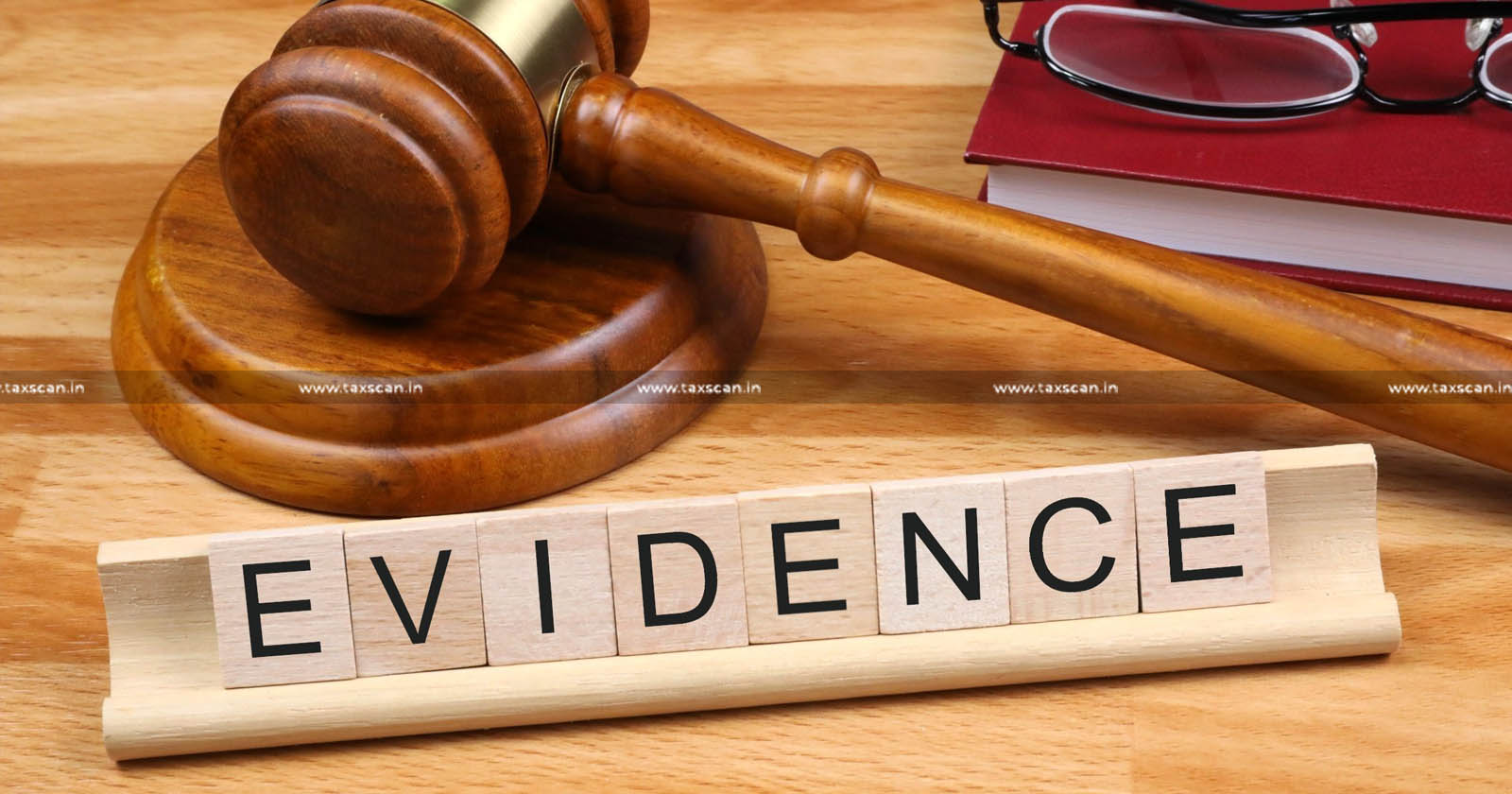Tangible Evidence is Essential to Allege Clandestine Goods Clearance and Production: Delhi HC [Read Order]
The court remarked that Charges of clandestine removal and undervaluation are to be established based on a preponderance of probabilities

Delhi High Court – Clandestine Goods Clearance and Production – Delhi High Court on goods clearance case – taxscan
Delhi High Court – Clandestine Goods Clearance and Production – Delhi High Court on goods clearance case – taxscan
The Delhi High Court recently held that allegations of clandestine removal of goods to evade taxes must be supported by concrete evidence rather than presumptions or assumptions.
The division bench, comprising Justices Yashwant Varma and Ravinder Dudeja, observed that while the tax authorities are not expected to prove such cases with mathematical precision, their conclusions must be rooted in logical reasoning and substantiated by reliable evidence.
Become a PF & ESIC expert with our comprehensive course - Enroll Now
The court remarked that Charges of clandestine removal and undervaluation are to be legally established based on a preponderance of probabilities. However, mere suspicion, regardless of its severity, cannot substitute the necessity for proof.
The case involved a manufacturer of copper ingots whose premises were searched during the pre-GST regime by the Directorate General of Central Excise Intelligence. Authorities discovered a shortage of 3,500 kilograms of copper scrap and recovered ₹6,20,000 in cash from the proprietor’s residence.
The Revenue claimed the cash represented proceeds from the illicit clearance of goods and issued a Show Cause Notice ( SCN ) seeking confiscation of the amount.
However, the Customs, Excise, and Service Tax Appellate Tribunal ( CESTAT ) allowed the manufacturer’s appeal, noting a lack of compelling evidence to support the claim of unaccounted production and clearance. Dissatisfied, the Department approached the High Court, arguing that sufficient circumstantial evidence had been presented, including private records recovered from company employees.
Become a PF & ESIC expert with our comprehensive course - Enroll Now
The manufacturer countered by pointing out that the employees’ statements were retracted and that the estimated shortage of materials was based on a visual assessment rather than precise measurement.
The High Court upheld the findings of the CESTAT Bench, highlighting the absence of indicators such as increased electricity consumption or additional labor to substantiate the claim of clandestine production.
Whilst holding reference to precedents like Commissioner of Central Excise vs. Saakeen Alloys Pvt. Ltd. and Arya Fibres Pvt. Ltd. v. CCE, Ahmedabad-II, the court reiterated that concrete, tangible evidence is necessary to prove allegations of tax evasion through illicit clearance.
To Read the full text of the Order CLICK HERE
Support our journalism by subscribing to Taxscan premium. Follow us on Telegram for quick updates


